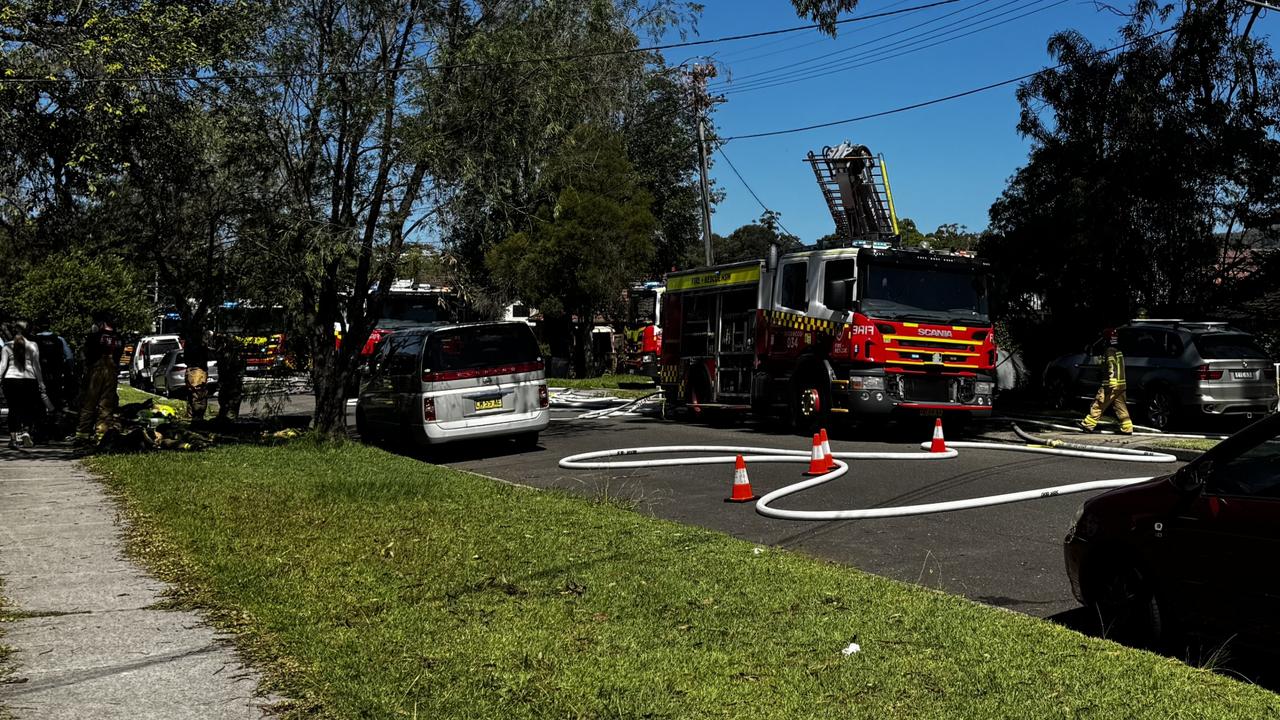Woman, 19, dies of asthma attack sparked by toxic bushfire smoke
A 19-year-old has died of a severe asthma attack attributed to the choking smoke she was exposed to in the wake of the NSW bushfires. Now experts brace for a possible second wave of illness and death as a result of the ongoing, unprecedented air pollution.
NSW
Don't miss out on the headlines from NSW. Followed categories will be added to My News.
- NSW bushfire smoke haze ‘like smoking a pack a day’
- Ventolin shortage as bushfires drive asthma crisis
A young woman who died of an asthma attack as her home town was smothered in smoke from fires which had burned for weeks is a casualty of the bushfire crisis, her grieving family says.
Nineteen-year-old Courtney Partridge-McLennan was living in a granny flat in the backyard of her parent’s house in Glen Innes, in the New England area, where fires have raged since September.
She suffered an asthma attack and died during the night and was found on the morning of November 29.

“That night the smoke came in so heavy you could not even see the hospital across the road, but they found her the next morning in bed,” her sister Cherylleigh Partridge, 27, said.
“Police said it must have been quick because she had her phone torch on and her ventolin on the bed. It must have been so quick because she would have gone to mum and dad.”
Courtney was one of six children and, like Cherylleigh, she suffered from asthma since childhood.
“She was not a severe asthmatic but we have grown up with an awareness of asthma. My mum just can’t make sense of it because Courtney would have come inside (to the main house) if she could have,” Ms Partridge said.
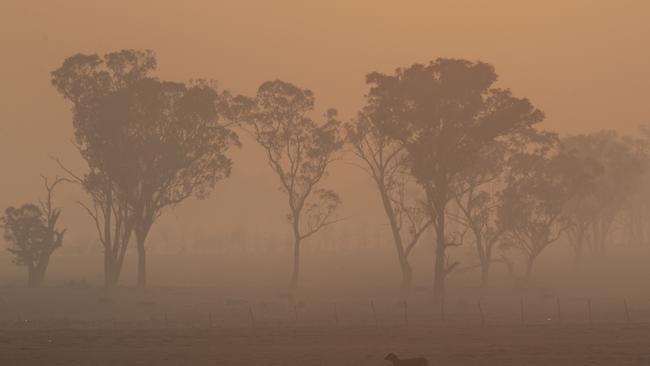
Preliminary autopsy results showed hyperextension of the lungs, indicative of an asthma attack. Bushfire smoke is a known asthma trigger.
The fires in Glen Innes killed three people at nearby Kangawalla and Wytaliba in November and blanketed the town in smoke. Four fires still remain burning within 50km.
MORE FROM JANE HANSEN:
Drug that stops breast cancer’s spread now on PBS
Babies born with the help of triple-0 call takers
Courtney was about to study youth work and was heavily involved in youth leadership camps. Ms Partridge said she did not want her sister’s death to go unacknowledged as a casualty of the bushfire crisis
“I don’t want to take away from victims on the frontline, but death by poor air quality needs to be known. Mum and dad are lost but they want other families to read this and take extra steps for asthmatics,” she said.

Asthma Australia CEO Michele Goldman said the bushfire crisis would likely claim more lives.
“It is something we would like to focus on to better understand the number of people who have lost their lives due to respiratory issues triggered by the bush fires,” Ms Goldman said.
A 41-year-old asthmatic from western Sydney also suffered a cardiac arrest after an asthma attack last week.
Ambulance NSW Inspector Joe Ibrahim, from the Penrith Station, said he has seen some of the most severe asthma attacks recently due to the smoke.
“We are talking all ages and some really severe asthma attacks we’d classify as life-threatening. Last week we attended a 41-year-old asthmatic in cardiac arrest and sadly he did not make it,” Insp Ibrahim said.
An elderly woman also died from respiratory distress last week after leaving a plane at Canberra Airport as the nation’s capital was blanketed in thick smoke.

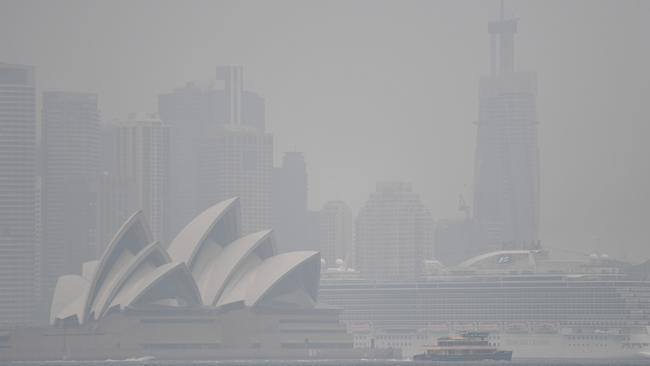
Asthma Australia launched a survey in late December calling on asthmatics to register the effects of the bushfire crisis on their health.
More than 9500 have already lodged a response.
Hospital presentations to emergency department for respiratory problems are up significantly and admissions to hospital for asthma and breathing problems were up 20 per cent.
From December 22 to January 8, Ambulance NSW received 3685 call-outs for asthma and breathing related conditions, a rise of 16 per cent on the same period last year.
“This is having a huge impact on a significant number of people,” Ms Goldman said.
“Bushfire smoke has a lot of small particulate matter — PM 2.5 — which is a particular harmful for people with respiratory conditions because the particles are so small they travel deep into the airways where they cause inflammation and if we have asthma they inflame, produce mucous and basically clog up so it’s difficult for air to get through, so the small particulate matter makes it difficult for people to breathe,” Ms Goldman said.
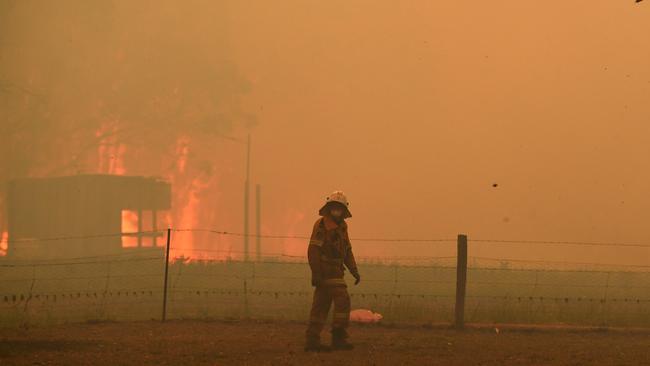
Respiratory expert Professor Helen Reddel from the Woolcock Institute of Medical Research, University of Sydney said there is clear links between air pollution and increased disease and mortality.
“The inflammation and irritation from the smoke makes the airways more likely to constrict and to cause asthma symptoms
“In other countries when there have been periods of sustained air pollution, there has been an increase in deaths, not just from asthma, but also from a range of medical conditions such as heart disease,” she said.
A study published in the Medical Journal of Australia in 2016 attributed 14 premature deaths to smoky conditions caused by hazard reduction burns around Sydney in May 2016 over a period of just six days.
“We estimated that 14 premature deaths, 29 cardiovascular hospitalisations and 58 respiratory hospitalisations were attributable to smoke from hazard reduction burning on the six smoky days,” the researchers concluded. Study leader Dr Fay Johnston from the Menzies Institute for Medical Research said people who were already ill were impacted disproportionately.
“We are working on estimates now and no doubt there will be increases in death due to this because so many have been affected and it has gone on for longer,” Dr Johnston said.
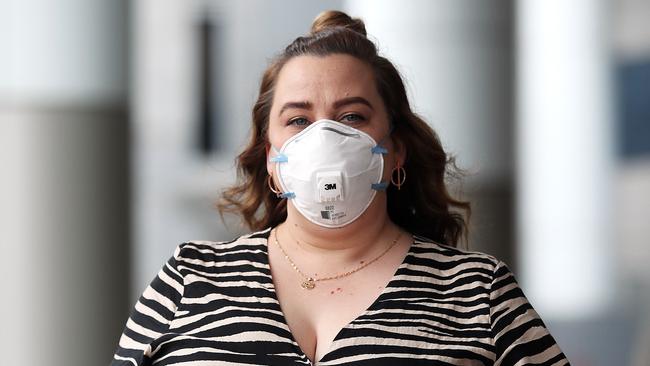
Over the festive season, Tamra Maziraz has been a virtual prisoner in her Parramatta home with the air conditioner on. Outside, she wears a mask.
The severe asthmatic has never experienced anything like the past few months in Sydney’s haze.
“My asthma has been bad since early October. I was at work in the city on that really hazy day and I started coughing then when I got home I could barely breathe and I called my mum because I thought I was going to die from an asthma attack,” the 38-year-old said.
The executive assistant has worked from home on the more hazardous days, but her airconditioned apartment, she can still smell the smoke, her voice is breathy and very husky and she is now on the strong steroid prednisone.
Originally published as Woman, 19, dies of asthma attack sparked by toxic bushfire smoke


